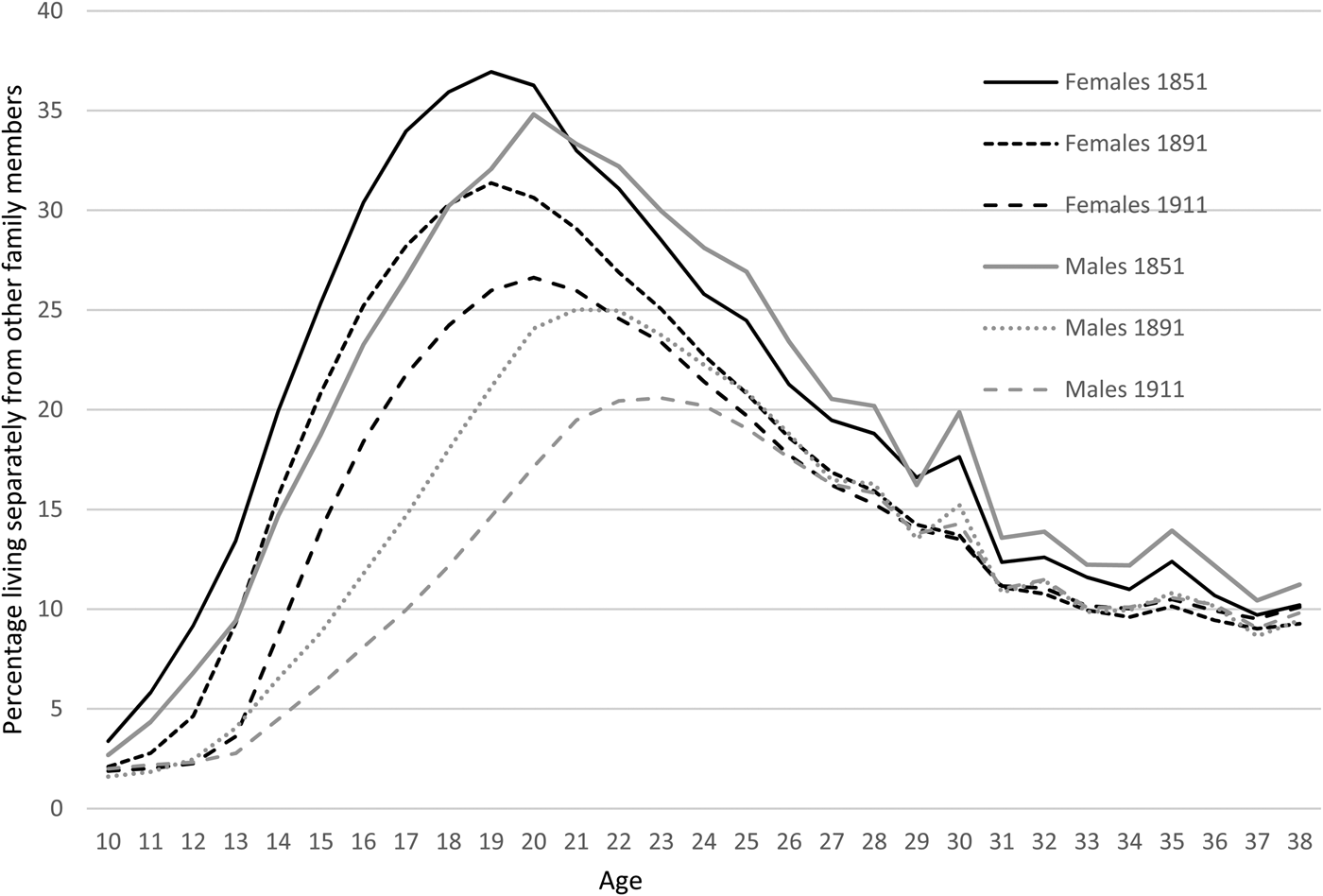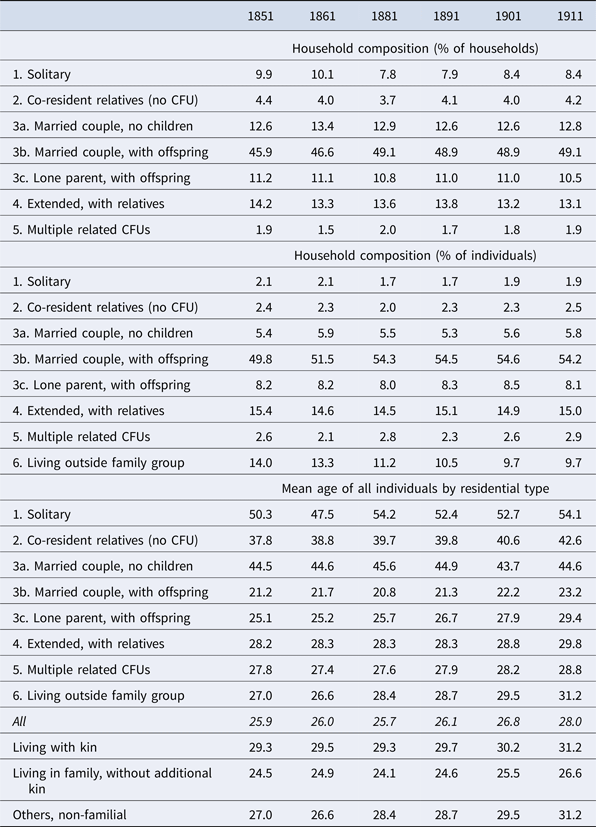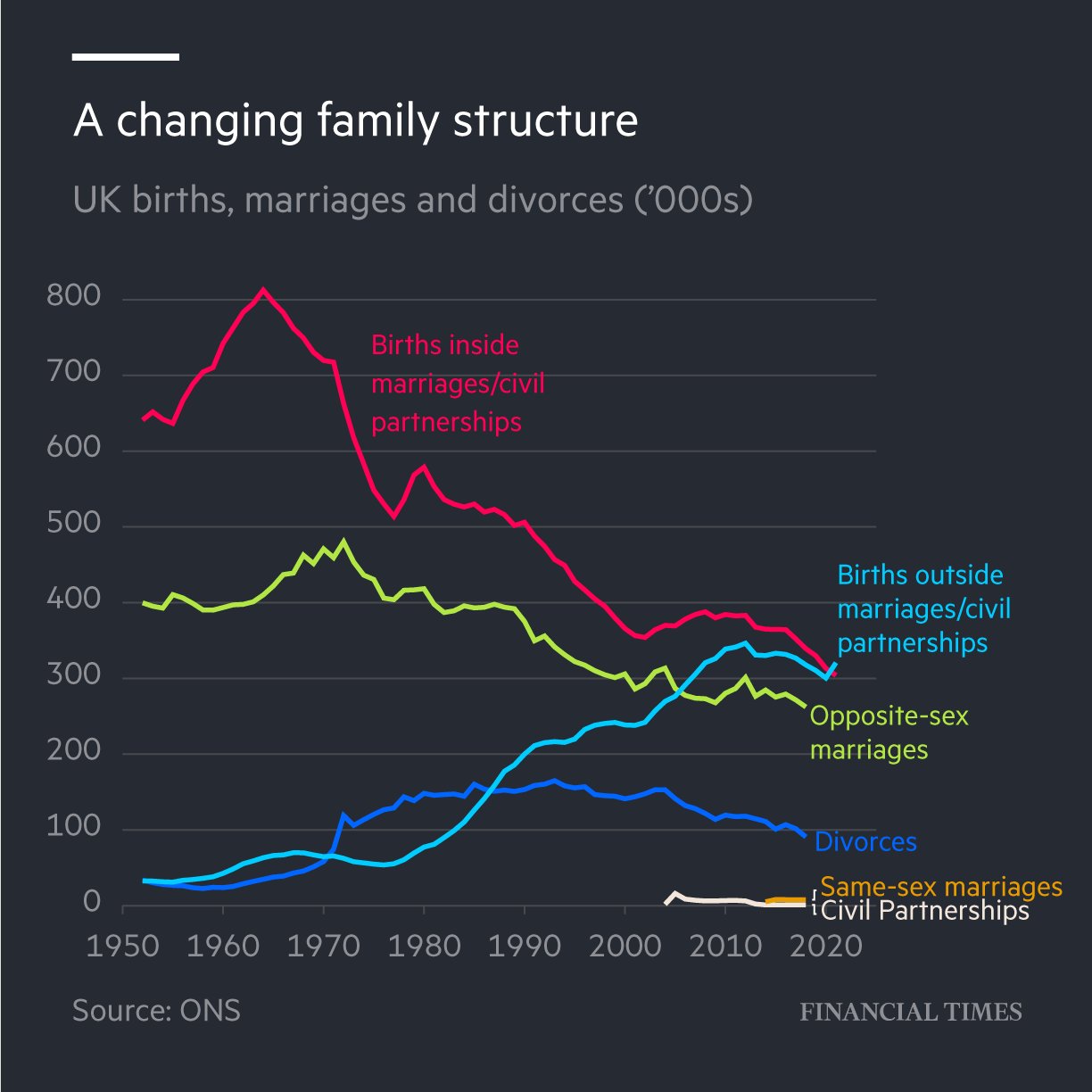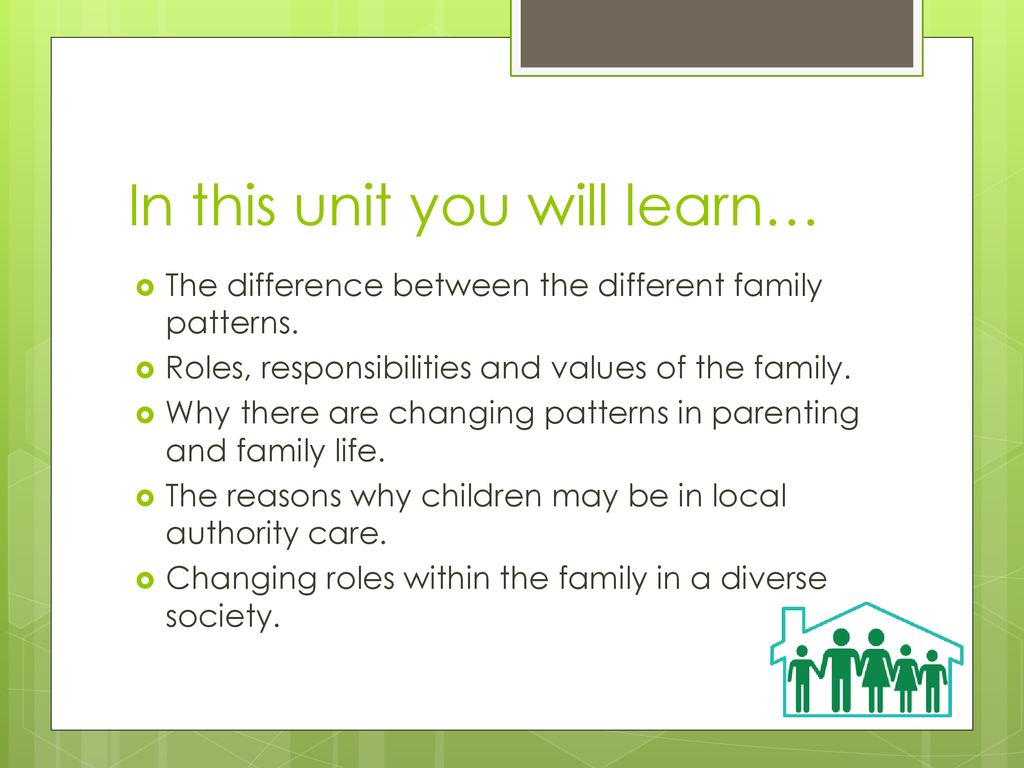The structure of families in the United Kingdom has undergone significant changes in recent decades. Traditionally, the nuclear family - consisting of a married couple and their children - was the dominant model. However, today's families come in all shapes and sizes, with a wide variety of arrangements and relationships.
One major factor contributing to the changing structure of families in the UK is increased life expectancy. With people living longer and healthier lives, it is not uncommon for grandparents to play a more active role in the lives of their children and grandchildren. This has led to the growth of multi-generational households, where two or more generations live under the same roof.
Another factor is the increasing number of people cohabiting rather than getting married. The Office for National Statistics estimates that around 6 million people in the UK were cohabiting in 2019, up from 3.3 million in 1996. This trend is especially pronounced among younger people, with cohabitation becoming increasingly accepted as an alternative to marriage.
The rise of divorce and remarriage has also contributed to the changing structure of families in the UK. It is estimated that around 42% of marriages in the UK will end in divorce, with many people going on to form new relationships and create step-families. This has led to an increase in blended families, where parents and their children from previous relationships come together to form a new family unit.
Another trend in the UK is the growth of single-parent families. This can be due to a variety of factors, including divorce, separation, and the increasing number of women who choose to have children on their own. Single-parent families can be challenging, as the parent is often responsible for all the household tasks and child-rearing on their own. However, many single parents are able to successfully raise happy, healthy children with the support of extended family, friends, and community resources.
Overall, the structure of families in the UK has become more diverse and complex in recent years. While the traditional nuclear family model remains important, it is just one of many types of families that exist today. This diversity reflects the changing social, economic, and cultural conditions of modern society.








